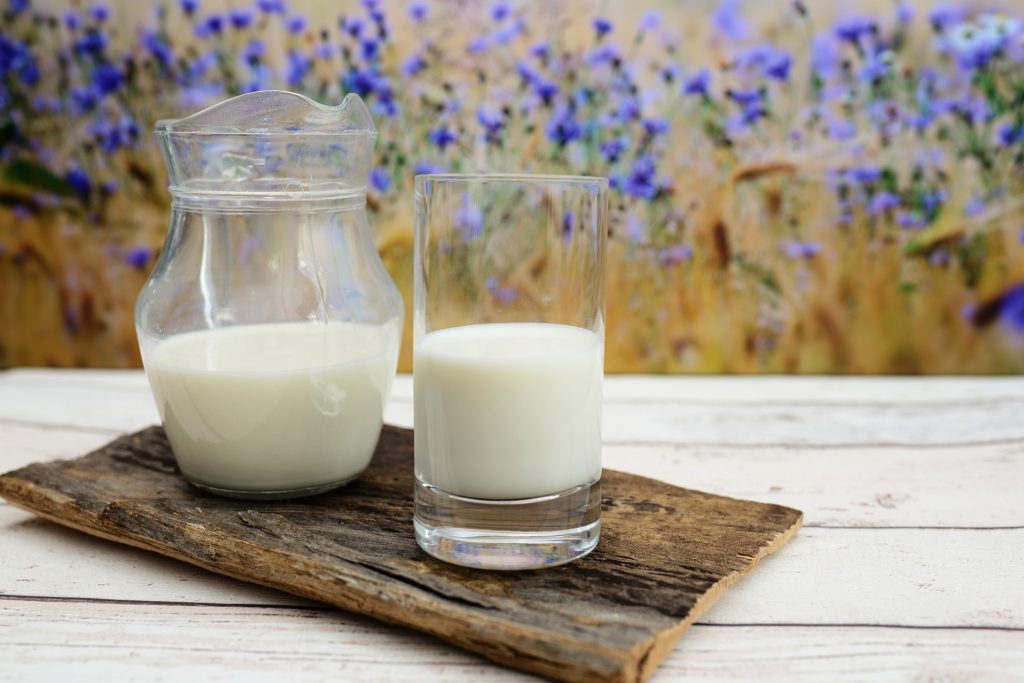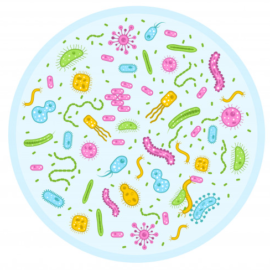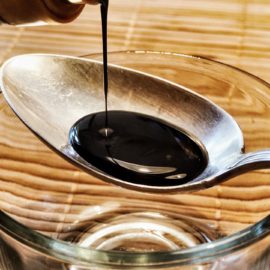
Milk without addition of any ingredients or additives is already rich in important nutrients, especially calcium. Milk in its pure form was the norm when our ancestors began consuming milk from animals. Fast forward to modern food industry, processes such as drying, pasteurization, homogenization, or fortification create products with different texture, taste, nutritive value, and shelf life. Pasteurization is a breakthrough in the milk industry as it makes milk safer to consume. Fortification is another important process in milk. Along with pasteurization, fortification became widespread in the early 20th century. It began in the 1920s when iodine was added to table salt to prevent goiter among children in the United States.
Fortification is the addition of micronutrients that were not originally there in the food. This helps reduce health risks while increasing the nutritional value of the food supply and promoting public health. Some products of food fortification include fortified milk, cereal, fruit juices, salt, and bread. Milk is commonly fortified with fat-soluble vitamins A and D. To put it simply, fortified milk is milk with added micronutrients (vitamins A and D) not commonly found in significant amounts.
Milk is naturally low in these vitamins, especially if milk contains no fat. Whole milk naturally contains vitamin A in its fat, and more vitamin A may be added before it is sold. For the milk to be nutritionally equivalent to whole milk even if it is reduced fat, low fat, or even skim milk, vitamin A fortification is required.
Since vitamin D is found in small amounts in whole milk naturally, it is often fortified. However, due to the cow’s ability to synthesize vitamin D when exposed to sunlight and the possibility that vitamin D may be present in animal feed, vitamin D to some extent is present in milk.
VITAMIN A & D IN FORTIFIED MILK
Micronutrients are so-called because our body needs them in small amounts. However, they are equally as important as macronutrients. Micronutrient deficiency may lead to serious health problems such as goiter. Micronutrient deficiency is a global health problem. For this reason, governments require certain foods to be fortified. Fortification of whole milk with vitamin A and D is optional. But low-fat milk, nonfat milk, and low-fat chocolate should be fortified with vitamin A.
Vitamin A
According to the World Health Organization (WHO), vitamin A deficiency is one of the most common globally. This is especially true in developing countries. Vitamin A-deficient individuals may experience health problems such as night blindness, skin diseases, and certain infections.
You might also like: Fortified Vs Enriched: What’s The Difference?
Since the human body cannot produce this vitamin, it must be obtained from food sources. Unfortified milk already contains significant amounts (37.7 IU per gram of fat) of vitamin A since the vitamin is associated with milk fat. However, low-fat and skim milks have less vitamin A due to the elimination of milk fat. There was a nutritional concern about the loss of vitamin A present in these products as the demand for low-fat and skim milk products surged in the United States. To address this issue, low-fat and skim milks are required to be fortified with vitamin A to the nutritional equivalent of the general milk standard.
Low or non-fat milk and chocolate milk must be fortified with 2,000 international units (IU) or 140 retinol equivalents (RE) of vitamin A per quart (often before pasteurization). For milk involved in interstate commerce, it is necessary.
Vitamin D
Fortification of milk with vitamin A was initiated in the 1940s. This was the result of the positive acceptance by the public when fortification of milk with vitamin D was started to be practiced in 1933.
Vitamin D is available in two forms: vitamin D2 (ergocalciferol) and vitamin D3 (cholecalciferol). A plant-based source of vitamin D is vitamin D2. When exposed to ultraviolet radiation, skin spontaneously produces vitamin D3. Vitamin D3 is what commonly added in food.
Our body needs vitamin D to maintain and regulate healthy levels of minerals, including calcium, phosphate, and others in the blood. The minerals, in turn, are used for a number of processes, such as bone mineralization, muscular contraction, nerve conduction, skin, and overall healthy cellular functioning. But rickets prevention was the main reason why vitamin-D fortified milk was introduced. Since then, the disease is now rare, especially among children. Rickets is a skeletal disease in which the bones become soft and deformed. This develops from lack of vitamin D intake and exposure to sunlight.
Although it is not required, adding vitamin D to attain levels of 400 IU per quart is practiced. However, evaporated milk is required to be fortified with vitamin D.
You might also like: UHT And Pasteurized Milk: What’s The Difference?
Aside from fortified milk, other common sources of vitamin D include oily fish, oysters, cheese, eggs, butter, and cream.


